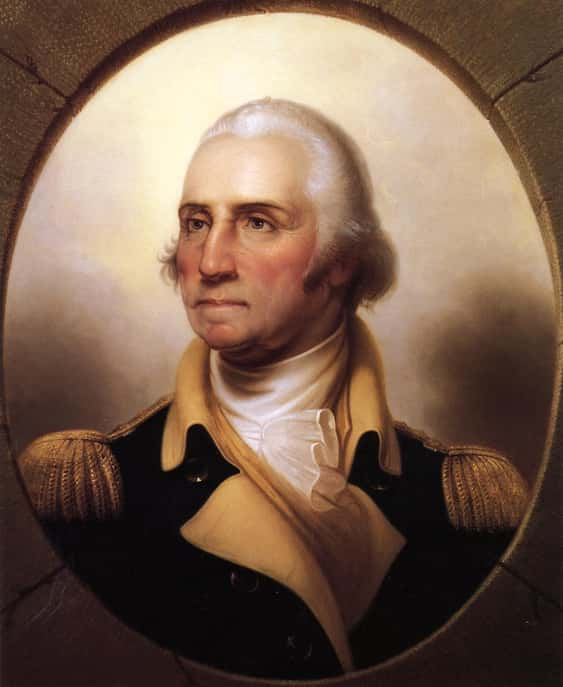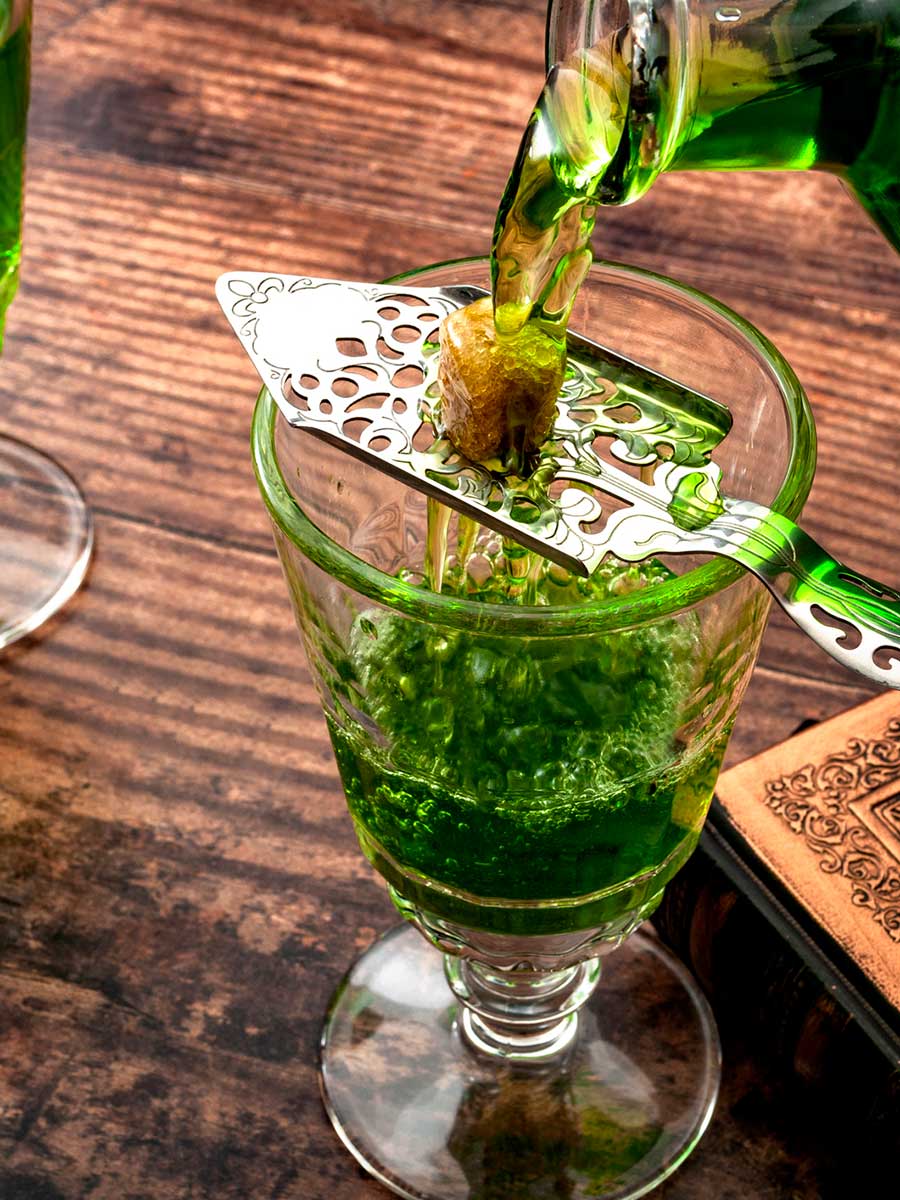Hot Shots:
Born a Slave
Befriended a President
Known as one of the fathers of the Mint Julep
A self-made man
Long before the time of Professor Jerry Thomas, there was a man who was known across the land as the man to find if you wanted a libation constructed better than you could ever dream.
It’s more apt to call this man a mixologist, this particular bartender has catered to unimaginable clientele such as authors, playwrights, actors, and even a president.
You may not have heard of him, but I couldn’t be happier to introduce the one, the only…
Humble Beginnings
Cato Alexander was born into slavery in 1780. Precisely where he was born is a bit of a mystery. Some historians claim he was born in New York, while others trace his origins to South Carolina.
Nevertheless, Cato ended up working as a chef and bartender in present-day Manhattan. During his time there, he worked in Inns and hotels where he became a quick friend of gentlemen by the name of George Washington.
Perhaps you’ve heard of him?

Cato spoke of this camaraderie with America’s first president to anyone who listened, and it no doubt sparked the flame of Cato’s dream to interact with whites without consequence, and perhaps even as an equal.
In 1799, Cato was freed from slavery in New York under the Gradual Abolition of Slavery Act. This Act allowed to gradual emancipation of enslaved people without immediately making slavery illegal.
Although it was a double-edged sword, Cato took advantage of this Act and continued to work within the service industry.
After ten years of earning an immense income, Cato opened his own roadside tavern called, you guessed it, Cato’s Tavern!
Recipe for Success
In around 1810, Cato was finally able to purchase his two-story building in the prime location of East 54th and 2nd Avenue.
Cato’s Tavern was frequented by local elites and ‘fast’ young men from near and far looking for a fantastic drink and a good time.
It is said that ‘fast’ and elite young white men would race their carriages up and down the road where Cato’s was located and would stop for a bite to eat and a perfect drink and race home when all was said and done.
Cato’s name became known all over the U.S. He was regularly spoken of in newspapers and press, and word of mouth about his legendary space was spread as far as the tongue could wag.
Some of the most popular dishes served by Cato were Terrapin, Roast Duck, Curried Oysters, and Fried Chicken.
His food was known to be damn good, but his cocktails were on a whole other level. A little more on that later.
The New York Mirror quoted in 1835, Who has not heard of Cato Alexander? Not to know Cato’s is not to know the world.
Cato prided himself on his clientele, hospitality skills, and good reputation. He was a proud man, setting himself apart, making a name for himself, and building wealth in a time when slavery was still legal and regularly enforced.
However, Cato’s fame, good food, elite mixology skills, and unmatched hospitality were not loved by all.
Fall From Grace
Cato was regularly harassed and threatened by whites who could not fathom a formerly enslaved person coming so far and rising so high in the service industry.
On one occasion, brothers George and Andrew Luke concocted a plan to have a woman pretend to plead for help outside Cato’s.
Once the woman was let in, Cato tended to her and went back to sleep. The woman unlocked the Tavern door and let in the Luke brothers.
Once inside, they damaged a significant amount of the property and beat Cato and his pregnant wife nearly to death.
After a difficult recovery period, Cato was able to bounce back and continue with business as usual.
However, what made Cato so lovable inevitably became his downfall; his generosity.
A significant amount of Cato’s clientele were young, wealthy whites. He became friends with a lot of them, and he was known for giving out loans to those who were down on their luck in hopes of nestling his way into high society.
But also, as a man who himself started from the bottom, he knew what it was to struggle and wanted to help if he could.
In this way, Cato indeed made a lot of friends. And he also accrued a lot of debt. $100,000 worth, to be exact. (The equivalent of over $3 million today.)
These ‘friends’ who came with their hands out never paid Cato back, and he could not recover from the financial ruin.
So it was that after almost 50 years in business, Cato’s Tavern was forced to close down.
Shortly after that, Cato tried to open an oyster house, but he was forced to close down after one year because of old age and various limitations.
Not much is recorded of his life after the closing of his Oyster House, but it is believed that Cato, unfortunately, died in poverty in February 1858.

Even though his story didn’t end in a blaze of glory, it’s important to note the impact he made and the trail he blazed for American cocktail making.
Famous Cocktails
Irish actor Tyrone Power described Cato, For Cato is a great man foremost amongst cullers of mint . . . for julep
and second to no man as a compounder of cock-tail.
As we talked about earlier, Cato was an epic cook, but he was world-renowned for his cocktails.
His cocktails were famous for being carefully crafted with explicit attention to detail. As a result, his drinks were the first to be referenced outside of the U.S. as ‘cocktails,’ a mix of bitters, water, sugar, and spirit of choice.
Cato became the man to see if you wanted an eggnog, punch, or mint julep that was out of this world. His South Carolina Punch, Gin Toddy, Mint Julep, and Virginia Eggnog were most notable.
What made Cato such a marvel was that he didn’t have nor was ever given a written recipe for almost any of the concoctions that he made.
This was partly because since Cato was previously enslaved - he was illiterate. Many traditions in the kitchen and behind the bar were passed along orally within the black community for these reasons.
This setback, however, proved to be a superpower. It allowed a lot of other successful black chefs and bartenders set themselves apart with their inimitable and unique recipes.
Cato Alexander is one of the many unsung heroes of American mixology that should be lifted up among many of his counterparts, such as John Dabney, Tom Bullock, Jasper Crouch, Adam Blake, and countless more.
These black mixologists set the standard for expert drink making, elite hospitality, and ultimate merry-making in its purest and most earnest form.
I encourage you to continue investigating these forgotten trailblazers as you venture deeper and deeper into your cocktail-making history.
I also invite you to bask in the pride that these people took in providing unique and genuine service by molding themselves into superstars during a time in history when it seemed impossible.
There are many, and their legacy is ever-present in every sip of a boozy emulsion you are sure to have.
Recipe
Pulled straight from the Library of Congress Archives, here is how the eggnog was typically served during Cato’s lifetime.
Ingredients:
12 eggs, separated
12 tablespoons whiskey
12 tablespoons sugar
12 tablespoons Jamaican rum
1 ½ pints heavy cream, whipped
Preparation:
Separate the egg yolks from the whites and beat the whites to a stiff froth.
Beat the egg yolks and sugar together until very light.
Slowly add the liquor, egg whites, and whipped cream.


Design pretium fermentum quam, sit amet cursus ante sollicitudin vel. Morbi consequat risus consequat, porttitor orci sit amet, iaculis nisl. Integer quis sapien neceli ultrices euismod sit amet id lacus. Sed a imperdiet erat. Duis eu est dignissim lacus dictum hendrerit quis vitae mi. Fusce eu nulla ac nisi cursus tincidun. Interdum et malesuada fames ac ante ipsum primis in faucibus. Integer tristique sem eget leo faucibus porttitor.

